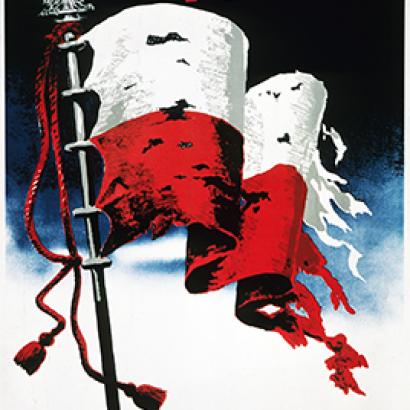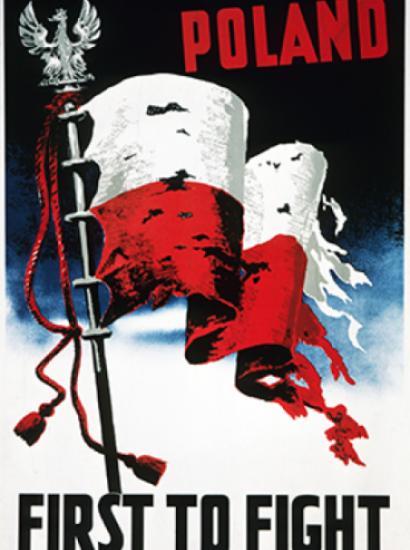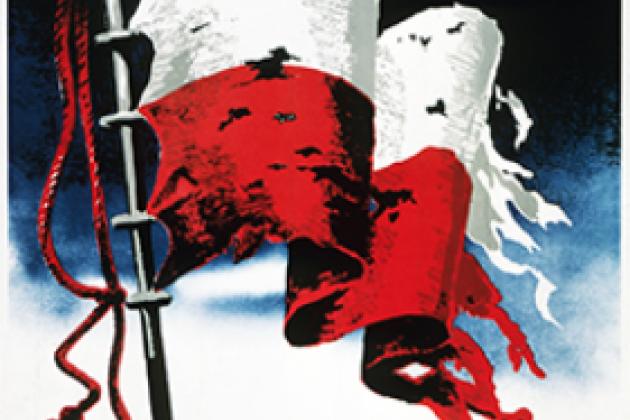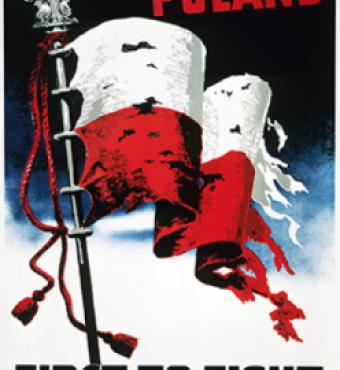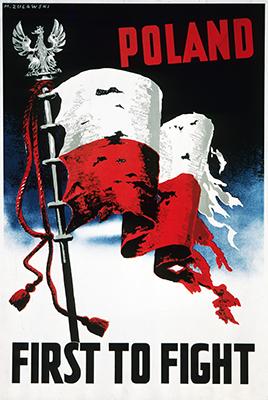
Following a meeting in the Oval office on September 18, President Donald Trump said he is considering a request from Polish President Andrzej Duda to permanently station American troops in his country. Duda even offered to name the military facility “Fort Trump” and to provide more than $2 billion to help finance it. Poland desires the protection and stability that a permanent U.S. presence on its soil offers. One can sympathize with the Polish desire for a superpower security umbrella.
In the thousand years of its history, Poland has twice ceased to exist. The Polish-Lithuanian Commonwealth fell prey in the latter half of the 18th century to the territorial cravings of Russia, Prussia, and the Austro-Hungarian Empire. Three partitions—in 1772, 1793, and 1795—first reduced the size of the Polish-Lithuanian state, and then made it disappear from the map of Europe altogether. For nearly 125 years Poland remained an aspiration rather than a reality, until revolution and defeat in war vanquished its more powerful neighbors.
The Second Polish Republic arose in 1918 from the ashes of World War I. Its history was anything but peaceful. War with the Soviet Union nearly ended the Second Republic’s existence in the cradle, but victory in the Battle of Warsaw in 1920 enabled Polish forces to expel the Red Army from Polish territory. The reprieve was all too brief. Despite fielding an army of nearly a million soldiers, 4,300 guns, 1,280 tanks, and 745 aircraft, Poland fell quickly to German and Russian aggression in September 1939. The Anglo-French guarantees of Polish sovereignty were brushed aside by Hitler’s panzer divisions and Stalin’s Red Army legions. Another period of darkness fell on Poland, which suffered heavily from rapacious German conduct and industrial-scale slaughter on its soil during World War II. The Wehrmacht brutally suppressed an uprising by the Polish Home Army in August and September 1944, largely destroying the city of Warsaw in the process.
Allied victory in World War II once again restored Polish sovereignty, albeit in heavily redrawn borders and under the oppressive weight of Soviet communist oversight. Only the end of the Cold War in 1989 and the collapse of the Soviet Union two years later finally freed Poland from the grip of the Russian bear. The Third Polish Republic was inaugurated, with Solidarity leader Lech Wałęsa elected president in December 1990. The last Red Army troops departed Polish territory in 1993.
Polish leaders, steeped in their country’s often tragic history, have sought not just freedom but security in the years since. Poland joined the North Atlantic Treaty Organization in 1999 and Polish troops have participated in U.S. military operations in Iraq and Afghanistan. But Russian revanchism is deeply unsettling to Polish leaders, who understand all too well how their country once disappeared from the map when greedy tyrants decided to carve it up. Since the Russian annexation of Crimea in 2014, NATO troops have rotated through Poland and the Baltic States to deter Russian aggression in Eastern Europe. But Poland wants more: a permanent U.S. military presence on its soil, which alone in its view will ensure Polish sovereignty for the indefinite future.







